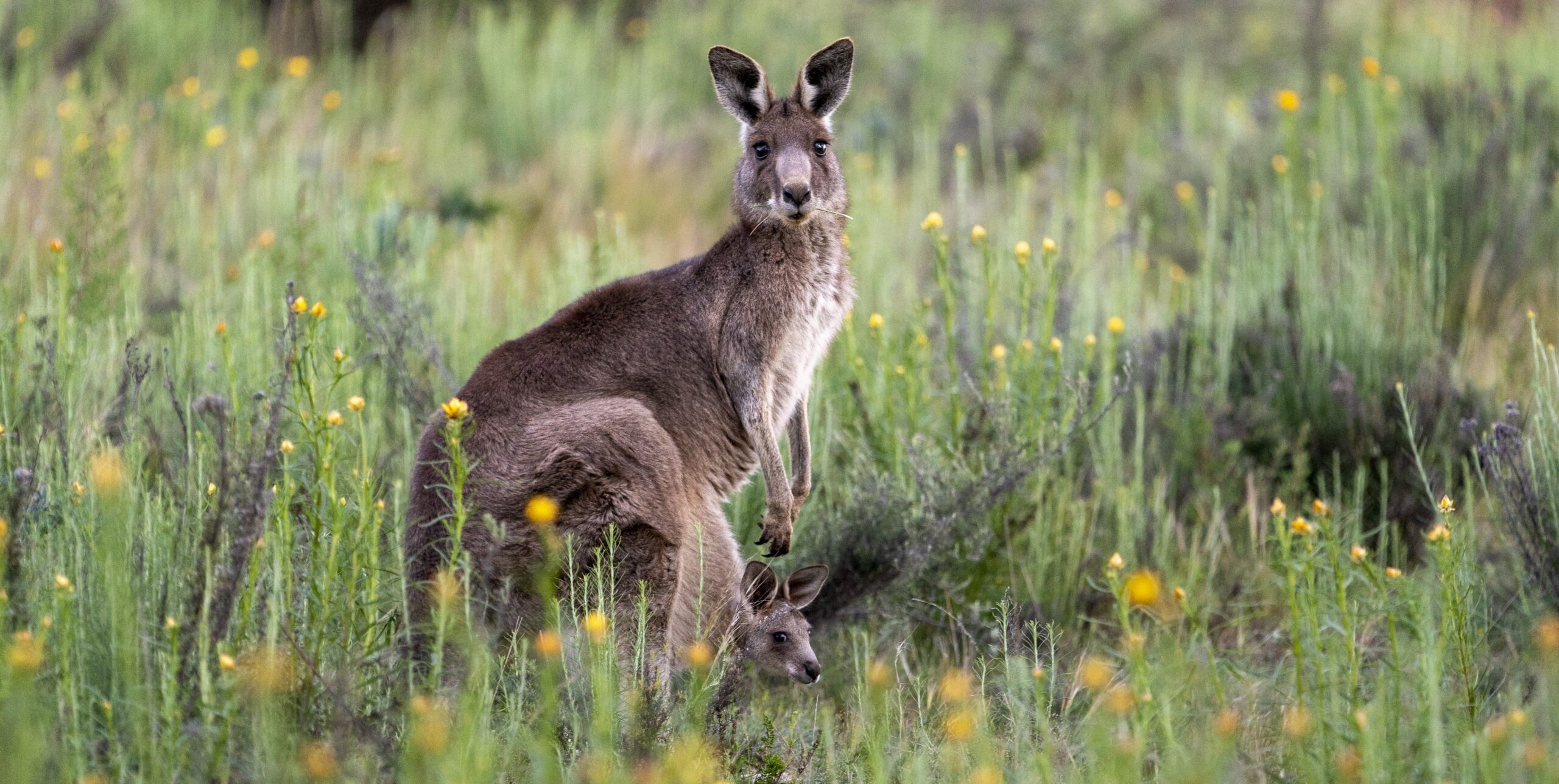A major study by biologists at the Australian National University (ANU) and ETH Zurich, Switzerland, provides a new explanation for why kangaroos, koalas and other Australian marsupials are not found in Indonesia, while many groups of animals that originated from Asia, such as goannas, rodents and kookaburras in Australia, ANU advances in a statement issued by the “Scimex” website.
According to the same source, this unequal distribution of Australian and Asian species has long been described by biologists using an imaginary line separating Australia, New Guinea, and parts of Indonesia from mainland Southeast Asia. This invisible boundary is known as the Wallace line.
in a new way condition Published in the journal Science, the researchers claim that “shifting plate tectonics and a dramatic shift in Earth’s climate tens of millions of years ago are the causes of the unequal distribution of Australian and Asian creatures on both sides of the invisible boundary – finally providing an explanation for the mystery of the Wallace line, which has puzzled scientists for so long.” .
The ANU researchers found that species originating in Asia “can tolerate a great deal of variation in climatic conditions and have been more successful in adapting and settling in Australia, which explains why there are more Asian animals in Australia than the other way around.”
“If we travel to Borneo, we will not see any marsupial mammals, but if we go to the neighboring island of Sulawesi, we will see it. Australia, on the other hand, does not have mammals typical of Asia, such as bears, tigers or rhinos,” Alex Scales revealed, from ANU.
According to the researcher, this uneven distribution of animal species on either side of the Wallace Line “is due in part to changes in the movement of ancient tectonic plates – dating back 45 million years – which eventually led to a ‘continent collision’ that changed the Earth’s geographic composition.”
“About 35 million years ago, Australia was located much further south and was connected to Antarctica,” he added. At some point in Earth’s timeline, Australia separated from Antarctica and over millions of years, moved north, causing it to collide with Asia. This collision gave rise to the volcanic islands we now know as Indonesia.
Changing plate tectonics “is just one piece of the puzzle to explain the migration of Asian species into Australia”
The islands of Indonesia served as a “stepping stone” for animals and plants that originated in Asia to reach New Guinea and northern Australia, and vice versa. “Our investigation shows that many more Asian animal populations crossed and settled in Australia than the other way around,” Scales said.
But, as the ANU researchers explain, the shift in tectonic plates “is only one piece of the puzzle to explain the migration of Asian species into Australia.” The statement asserts that when Australia separated from Antarctica, “there was a climate change that led to a trend of global cooling and drying of the continents, which led to mass extinctions around the world.”
“When Australia moved away from Antarctica, it opened up this region of ocean depths that surround Antarctica and is now the site of the Antarctic Polar Current. This radically changed the Earth’s climate; it made the climate colder,” Scales explains.
Despite this global cooling, the climate on the Indonesian islands, used by the organisms as gateways to Australia, remained relatively warm, humid and tropical. Thus, the Asian animals were already well adapted and comfortable with these conditions, which helped to settle in Australia. This was not the case for the Australian species. These species evolved in a cooler and drier climate over time and were therefore less successful in establishing themselves on tropical islands than the creatures that migrated from Asia,” adds the researcher.
The researchers analyzed a data set of nearly 20,000 birds, mammals, reptiles and amphibians to determine which species that jumped between Indonesia and Australia were able to successfully adapt to their new habitat.
“Our findings can also inform predictions of future animal migration and help us predict which species will be most able to adapt to new environments, as Earth’s climate change continues to influence global patterns of biodiversity,” concludes Scales.

“Hardcore alcohol maven. Hipster-friendly analyst. Introvert. Devoted social media advocate.”

